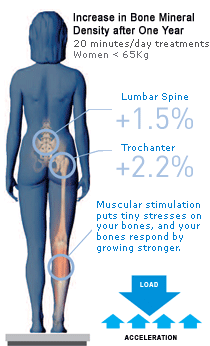It won't be Basso this year...
Tour de France hit by massive doping scandal
STRASBOURG, FRANCE — A doping scandal knocked Tour de France favourites Jan Ullrich and Ivan Basso out of the race Friday and threw the world's most glamorous cycling event into chaos.
The decision to prevent Ullrich, Basso and likely dozens of others from competing was made a day before the Tour began. Tour director Christian Prudhomme said the organizers' determination to fight doping was "total."
"The enemy is not cycling, the enemy is doping," he said.
Riders being excluded will not be replaced, meaning a smaller field than the 189 racers originally expected.
It is the biggest doping crisis to the hit the sport since the Festina scandal in 1998 nearly derailed the Tour. The Festina team was ejected from the race after customs officers found a large stash of banned drugs in a team car.
Basso, winner of the Giro d'Italia, and Ullrich — the 1997 Tour winner and a five-time runner-up — were among more than 50 cyclists said to have been implicated in a Spanish doping probe that has rocked the sport for weeks.
Basso and Ullrich's teams said Friday that because their names had come up in the probe they were being withdrawn from the Tour. Ullrich's T-Mobile squad said it also suspended rider Oscar Sevilla and sporting director Rudi Pevenage because of their involvement.
Basso was heading back to Italy, his team said.
The team of Spanish racer Francisco Mancebo, a top rider who finished fourth at the Tour last year, said it was also barring him.
Tour officials did not immediately say how many other riders were out of the race.
The Spanish scandal erupted in May when police there carried out arrests and raids, seizing drugs and frozen blood thought to have been readied for banned, performance-enhancing transfusions.
Since then, the names of riders said to have had contacts with Eufemiano Fuentes, a doctor among those arrested, have leaked in Spanish media.
Then, after more leaks on Thursday, Spanish authorities released details from the probe to Tour organizers and other cycling bodies, showing which riders were implicated in the investigation. It was on the basis of that official information that Tour teams decided to act.
T-Mobile received information implicating Ullrich, Sevilla and Pevenage from Tour organizers, including documents from the Spanish government, team spokesman Luuc Eisenga said.
"The only thing I can tell you is that the information is clear enough and didn't leave any doubt," he said.
Another T-Mobile spokesman, Stefan Wagner, told Germany's n-tv television that the team was acting on information indicating "that there was contact between the two riders and Rudi Pevenage and the Spanish doctor ... who is at the center of this doping story."
Asked whether T-Mobile would consider cutting ties with Ullrich completely, he replied "certainly ... we are now demanding evidence of his innocence."
"If this evidence can be provided, then we have a completely new situation," he said. "If it cannot be provided, nothing will change about this situation."
The extent of Basso's implication was not immediately clear. His team said that Basso insisted he was innocent. But it also said that the suspicion hanging over the Italian would have made his participation in the Tour difficult. He was the favourite to win and become the first rider since Marco Pantani in 1998 to take both the Tours of France and Italy in the same year.
"It would be big chaos if those riders remain in the race," said the manager of Basso's team, Bjarne Riis. "We have to protect cycling."
Riis noted that Basso's contract forbids him from working with doctors from outside their CSC team.
"Ivan must prove with his lawyer that he is innocent. I believe in Ivan but I have been forced to take the necessary steps," Riis said.
Spanish rider Joseba Beloki, runner-up at the 2002 Tour and third in both 2001 and 2000, was also among those named in media reports as being linked to the scandal. It was not immediately clear whether his team, Astana-Wurth, was also withdrawing him from this year's race.
Tour organizers had earlier sought to have the entire Astana team — which also includes favorite Alexandre Vinokourov — excluded. But the Court of Arbitration for Sport ruled against it on Thursday.
Prudhomme said Friday that the court might have ruled differently had it had access to the latest information from the Spanish probe.
"So many names" of Astana riders appear in the Spanish investigation "that it looks like a system of team doping," he said.

